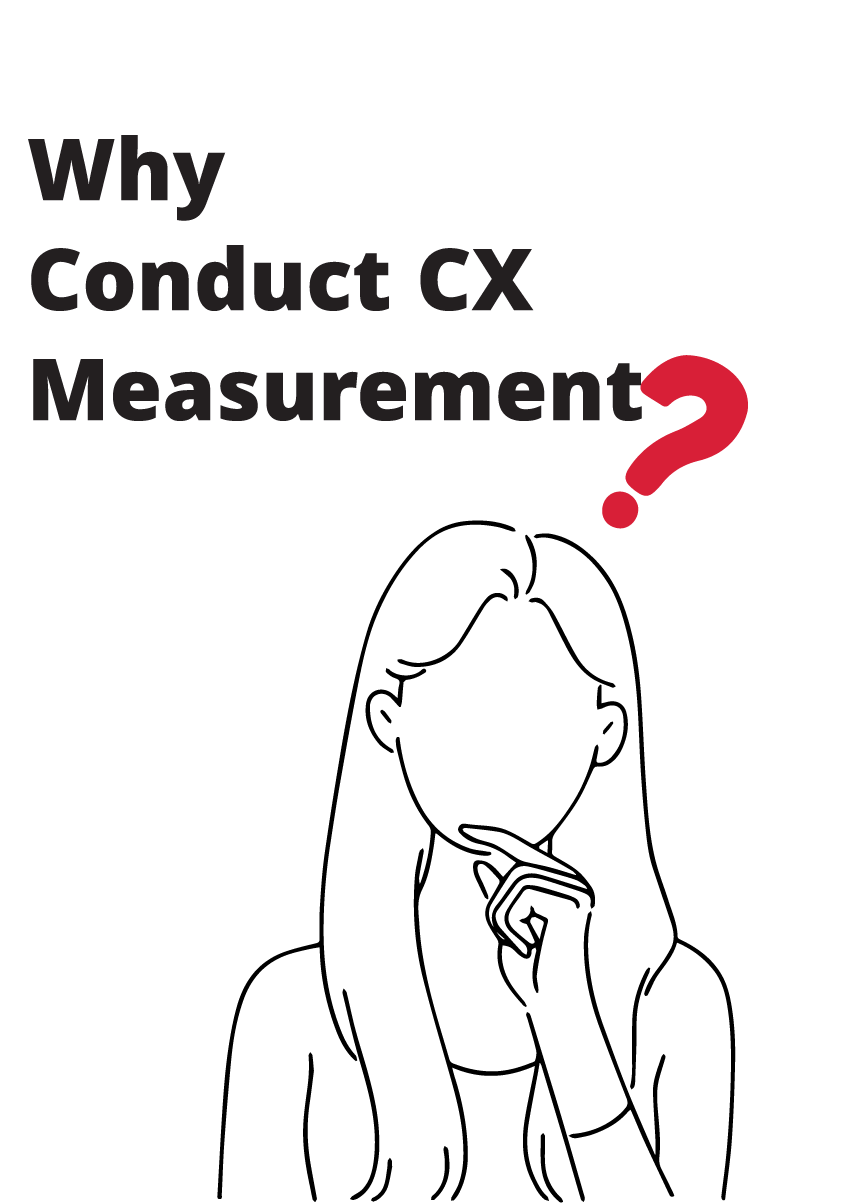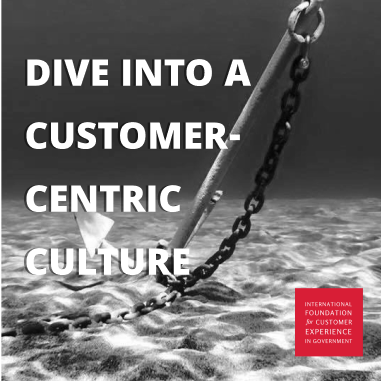Published on July 28, 2023 | Reading Time: 5 mins
In the famous words of mathematician, mathematical physicist and engineer, William Thompson: “To measure is to know.” This perspective proves equally vital to our modern-day public sector when considering the importance of a systematic approach to performance evaluation and monitoring with respect to CX practices.

In addition to their centrality in achieving strategic outcomes and significantly contributing to social welfare, public services greatly influence customers’ perception of governments, cities, and nations at large. Focusing on holistic and balanced CX measurement has become the gold standard for baselining and monitoring the results of CX transformation efforts as governments progress through set action plans and aspire towards defined targets. Standardized indices have the added benefit of international comparison, whereby using the same measurement methods allows direct comparison, cross-border collaboration, and knowledge exchange between countries.
Possible Pitfalls to Avoid
Adopting a comprehensive measurement strategy comes with a fair share of potential risk factors.
Being aware of each sets the stage for their mitigation and boosts chances of success:
Fragmentation: measurement efforts are often conducted independently and sporadically by different entities. There is little cross-government standardization.
Insufficient capability: governments sometimes lack enough people with the specific capabilities necessary to successfully conduct advanced measurement efforts.
Lack of established standards: the focus on CX in the public sector is a newly emerging field. Widespread standards have not yet been established.
Change aversion: entities may encounter internal pushback against designating more time, effort, and resources toward CX measurement as a novel concept.
Lack of resources: governments may lack the time and/or monetary resources to invest heavily in wide-scale CX measurement efforts.
Kickstarting Service Measurement
Organizations should undertake continuous measurement efforts to ensure and direct improvement and monitor progress in the implementation of their CX strategy across all levels for every delivery channel. This can start with the creation of a service improvement framework, a document outlining what metrics will be used to assess key CX objectives. These metrics can be divided into, but are not limited to, the following types:
Choosing appropriate metrics can be determined by considering whether they are relevant to organizational goals, are sensitive to changes in performance, and practical to implement in the long term. Selected metrics should be revisited and systematically assessed to improve the effectiveness of methods used to collect and analyze data.
The Gold Standard of Service Measurement
Triangulation is a research technique that uses more than one kind (usually three) of measurement or method of data collection to verify a result. Usually, these techniques have complementary strengths and weaknesses that when put together, can address the question at hand in a comprehensive and relatively error-free way. Another way of thinking about triangulation is as the cross-verification of different methodologies.
More specifically, triangulation usually involves a combination of (1) multiple sources of data, (2) multiple methods of data collection, and (3) multiple types of data analysis. These together can generate more robust findings. In the context of CX measurement, triangulation can use the following:
Types of metrics (perception and non-perception metrics, as identified in table 1)
Measurement of staff capability (manager ratings, self-ratings, or customer ratings of staff)
Research methods (survey, focus groups, data captured in systems, interviews)
Data types (quantitative and qualitative)
As has become evident through the concept of triangulation, the use of metrics can be supplemented with a variety of additional data, outlined below:
1.Staff Capability
Staff professionalism is a central tenet of customer experience as customer-facing employees are (1) the face of the organization, (2) often the primary point of contact between the customer and service provider, and (3) a source of important customer insights while also having significant impact in shaping the nature of customer interactions.
Staff capability can be gauged through:
- Self-report psychometric assessment
- Managerial or supervisor ratings and feedback
- Customer feedback
- Colleague/peer feedback
It is custom to conduct a 360-degree evaluation on an annual basis that integrates insights from all these sources for a comprehensive and anonymous reflection of staff performance.
2.Research Methods
Different research methods come with their own specific advantages and drawbacks, the most common of which are outlined below:
3. Data Types
The distinction and contextual use of qualitative and quantitative techniques has been an area of considerable discussion and evaluation in the fields of research and statistics. Below is a brief guide on when to use each data type and their relative strengths and limitations:
With these details in mind, it becomes easier to tailor measurement approaches to the specific conditions that characterize different entities or governments. The key is to select a combination of methodologies that complement each other to minimize the impact of biases and limitations, therefore generating a robust measurement framework for the effective quantification and monitoring of CX practices.
Download "The Holistic View of CX Measurement"
Send download link to:




